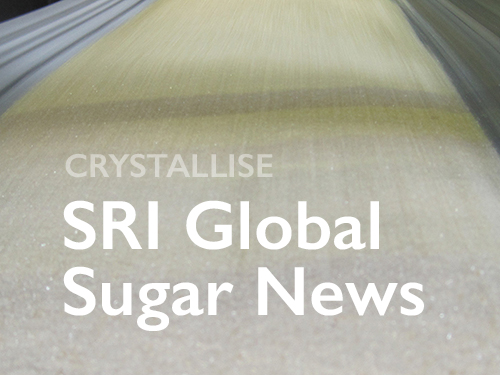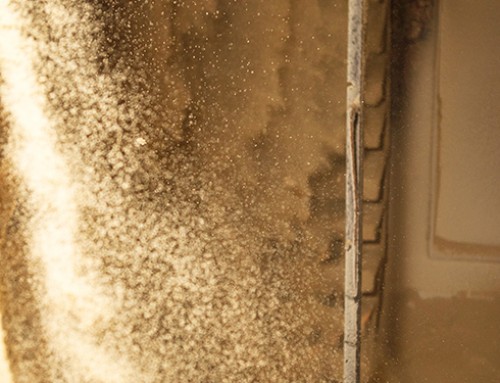Subscribe to receive SRI Global Sugar News – http://eepurl.com/by7QlH
Discover the latest global news in cane sugar production, mill and refinery projects and technology. For engineers, production and process managers, supervisors and operators of sugar factories and refineries. Curated by Australia’s Sugar Research Institute (SRI).
The 2015/16 season is set to mark the turnaround in global sugar prices, with fundamentals pointing to an improvement in prices – albeit slow and gradual, according to the Rabobank Sugar Quarterly Report.
Rabobank says the global sugar market is expected to record a production deficit in 2015/16, which would be its first in five years.
Report co-author Rabobank commodity analyst Georgia Twomey said “this swing into deficit suggests that the worst of the downward cycle in global sugar prices could be past”.
“In recent weeks we have seen the world market raw sugar price climb from its near seven-year low of 11c/lb,” Ms Twomey said, “however there is still a substantial amount of sugar in the market and this is likely to cap any sharp price increases.”
“In terms of the domestic market, prices have been buffered somewhat by the lower Australian dollar and, given the anticipated pick-up in global prices and a further depreciation of the exchange rate to around 0.66/AUD this time next year, this is good news for Australian producers.”
Ms Twomey said while it was difficult to assess the level of global sugar stocks genuinely available to the market, it was clear there were significant levels of exportable stock, particularly in India and Thailand.
“In light of this, for global prices to rebound sustainably, this excess sugar which has built up over recent years will need to find a home,” she said, “and this is likely to be a gradual process.”
The Rabobank report attributes the anticipated deficit in 2015/16 to an estimated 14 per cent fall in the total area planted to sugar beet in the EU as well as a further fall in Chinese production.
“Following the 22 per cent decrease in Chinese production last season, China’s sugar production is expected to fall further with reports suggesting that reduced acreage could cut production by a further 10 per cent,” Ms Twomey said.
In terms of Australian production estimates, Ms Twomey said the crush – which is more than 60 per cent complete – was running well-ahead of last year with the harvest expected to come in five per cent above the 10-year average, its strongest result since 2007.
“Although below-average rainfall has been recorded across many of the key growing regions in Northern Queensland, some timely early winter rainfall and access to irrigation has underpinned production prospects,” she said.
Ms Twomey said the yellow canopy syndrome, while a concern, didn’t seem to be impacting average yields or sugar recovery for the crush.
The Rabobank report warns that while fundamentals point to an improvement in international sugar prices, other macroeconomic factors could still dampen prices in the short-term.
“Ongoing economic growth concerns, particularly out of China, will have a knock-on effect on the sugar market,” Ms Twomey said, “while currency volatility has to be closely watched with the Brazilian real falling sharply in recent months.”
The weather would also play a large role in global sugar markets, Ms Twomey said, with the strengthening El Nino weather pattern having a potential impact on the rest of the 2015/16 Brazilian cane crush and cane production in India and Thailand.


